space

Space Weather Causes Explained in a 3 cm Sphere Glass That Replicates Gravity of Other Planets
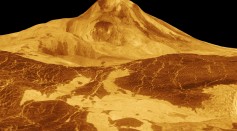
A Day on Venus? NASA, ATB Collaborate To Create the First Battery To Operate on Earth's Evil Twin's Extremely High Temperatures
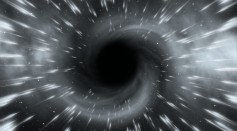
Supermassive Black Hole Has the Mass of 20 Million Suns, Blazes Away From Home Galaxy at Speed That Is 4,500 Times Faster Than Sound
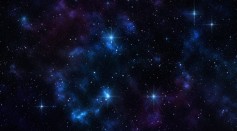
James Webb Space Telescope Spots 6 Massive Inexplicably Old Galaxies; Discovery Puzzles Astronomers
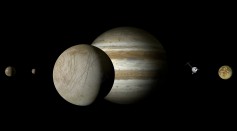
Aurorae Spotted on Jupiter's Four Largest Moons; How Is It Possible?
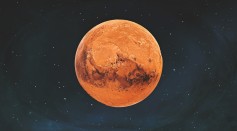
Life on Mars? Instruments Used To Detect Possible Existence on the Red Planet May Not Be Sensitive Enough, Study Says
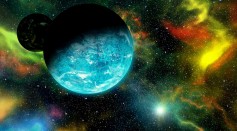
Aliens in the Solar System? Saturn's Enceladus and Titan, Jupiter's Europa Are Likely Habitats, Scientists Say

NASA Uses Space-Borne Imaging Spectrometer EMIT to Map Dust Storms, Understand Their Impact

Two Newly Discovered Forms of Salt Water Ice May Exist on Faraway Moons; What Could This Imply?
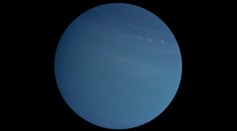
Uranus Mission? NASA Scientist Urges Specialists to Examine the Pale Blue Ice Giant

Hubble Space Telescope Spots Enormous Clusters of Galaxies Distorted by Gravitational Lensing
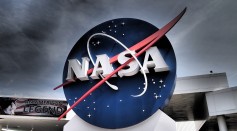
NASA Activities This Week: Naming Moon Mountain, Collecting Mars Sample; What Other Space Undertaking Makes the List?p

Life on Venus? Planet's Clouds Could Host Extraterrestrial Intelligence

3 Reasons Technosignatures Detected by AI-Trained Algorithm Can Be Extraterrestrial Activities
Most Popular

AI Revolution in Medical Education: Transforming How Healthcare Professionals Learn

Optimizing Complex Catalog Systems with Graph Theory and Indexing

Out of Office, Not Out of Mind: Planning for Employee Holiday Absences

Nikolay Karpenko Biography, Photo, Career, Accomplishments






